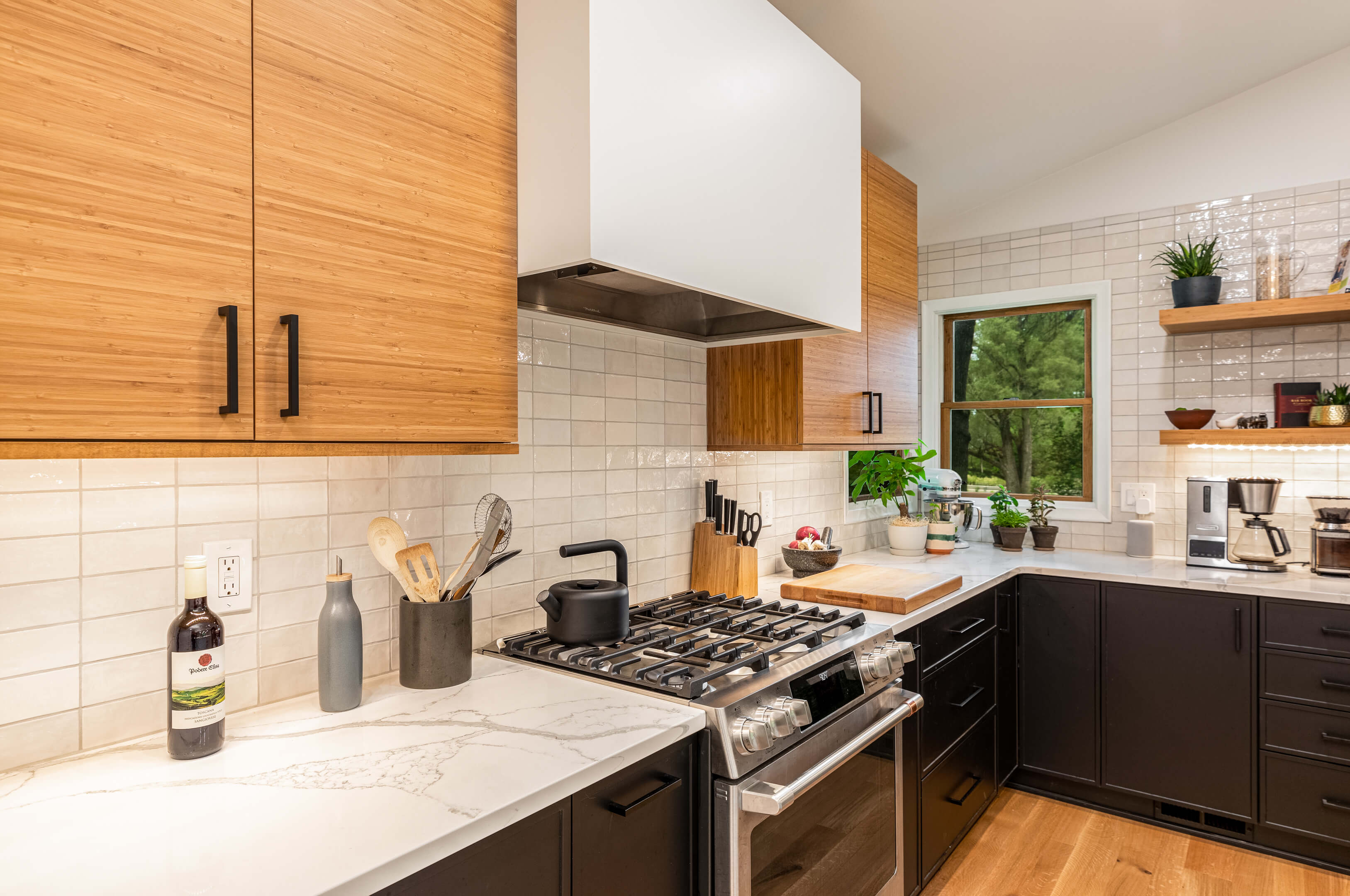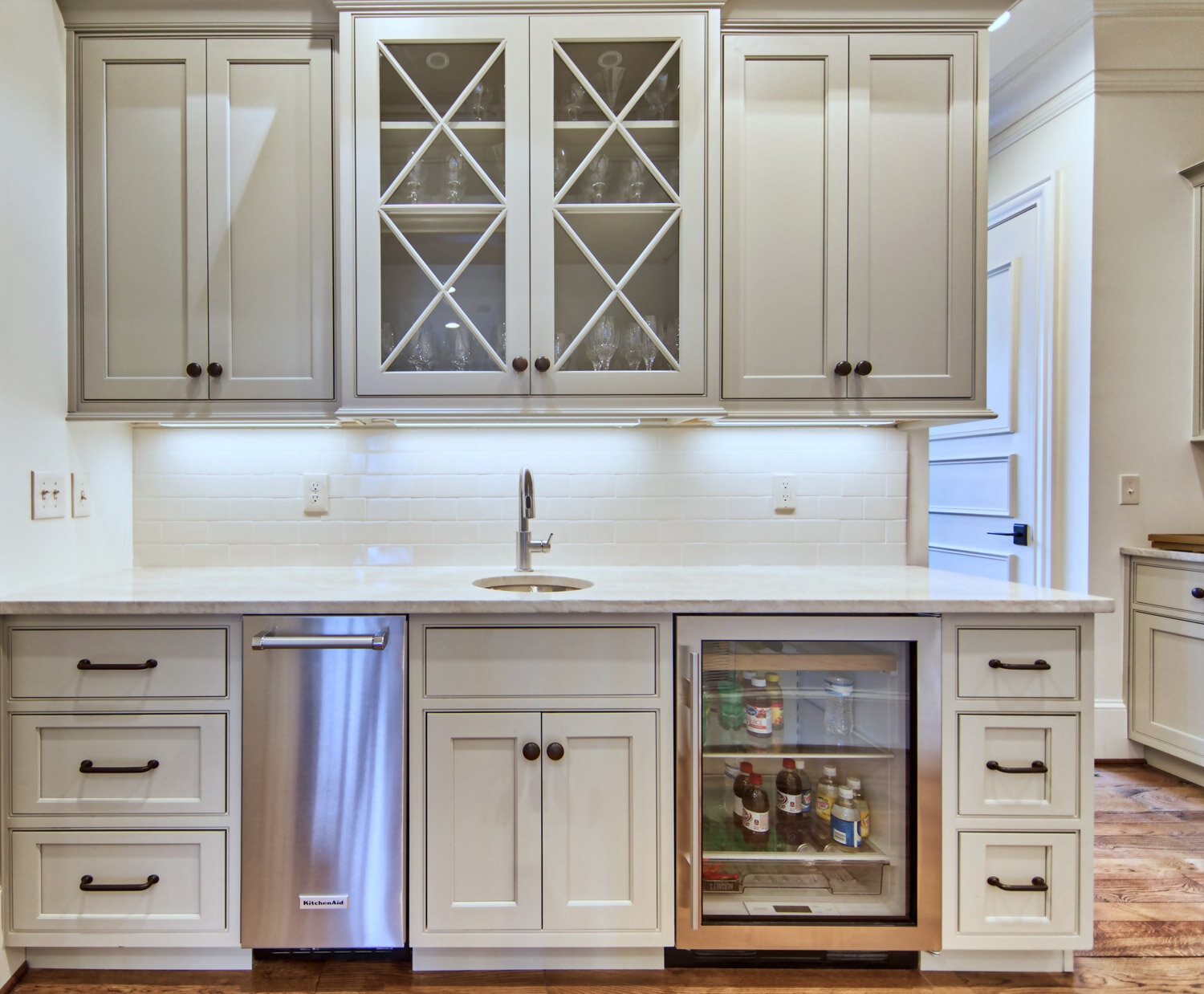Flush Mount Cabinet Door Styles and Designs: Flush Mount Cabinet Doors

The heart of any kitchen, the cabinets, whisper stories of style and functionality. Flush mount cabinet doors, with their seamless integration and clean lines, offer a canvas for expressing a range of design aesthetics, from minimalist modern to rustic charm. The choice of style, material, and finish can dramatically alter the overall feel of a space, transforming a simple room into a culinary haven.
Flush Mount Cabinet Door Styles
The subtle differences in flush mount door styles can significantly impact the kitchen’s visual appeal. Careful consideration of the style will help achieve the desired ambiance.
| Style | Description | Visual Characteristics | Suitable Kitchen Styles |
|---|---|---|---|
| Frameless | The door panel sits directly against the cabinet frame, creating a clean, uninterrupted surface. | Sleek, modern, minimal visible hardware. | Modern, minimalist, contemporary |
| Slab | A single, flat panel door with no raised or recessed details. | Simple, unadorned, often features a smooth, flat surface. | Modern, contemporary, transitional |
| Recessed Panel | Features a recessed panel within the door frame, adding depth and visual interest. | Classic, traditional, creates a sense of depth and shadow. | Traditional, transitional, shaker |
Materials Used in Flush Mount Cabinet Doors
The material selected for flush mount cabinet doors profoundly influences both the aesthetic and the longevity of the kitchen. Each material offers a unique blend of durability, cost-effectiveness, and visual appeal.
Flush mount cabinet doors – Choosing the right material is crucial for achieving the desired look and feel, as well as ensuring the cabinets’ durability and longevity.
- Solid Wood:
- Pros: Exceptional durability, timeless elegance, can be refinished, adds warmth and character.
- Cons: High cost, susceptible to warping and moisture damage if not properly sealed, requires regular maintenance.
- Veneer:
- Pros: More affordable than solid wood, offers a similar aesthetic appeal, less susceptible to warping.
- Cons: Less durable than solid wood, can be damaged if not handled carefully, the veneer can peel or chip.
- MDF (Medium-Density Fiberboard):
- Pros: Cost-effective, smooth surface, readily accepts paint or veneer, consistent quality.
- Cons: Not as durable as solid wood, susceptible to moisture damage, can chip or dent easily.
- Laminate:
- Pros: Very affordable, durable, water-resistant, wide variety of colors and patterns.
- Cons: Can look less luxurious than wood, susceptible to scratches and chipping, less repairable than wood.
Kitchen Layout Designs Featuring Flush Mount Cabinet Doors
The following examples showcase how different styles and materials can transform the overall kitchen aesthetic.
Imagine three distinct kitchens, each a testament to the versatility of flush mount cabinet doors.
- Modern Minimalist Kitchen: Imagine a sleek, white kitchen with frameless, slab-style doors made of high-gloss, white laminate. The clean lines and minimalist design create a sense of spaciousness and sophistication. Simple, brushed nickel hardware complements the overall aesthetic. The absence of ornamentation allows the natural light to flood the space, creating a bright and airy atmosphere.
- Rustic Farmhouse Kitchen: Picture a warm, inviting kitchen featuring recessed panel doors crafted from solid oak. The rich wood grain adds texture and depth, while the traditional style creates a cozy and welcoming ambiance. Black iron hardware provides a striking contrast against the light oak, further enhancing the rustic charm. The overall feel is one of comfortable elegance and timeless appeal.
- Transitional Kitchen: Envision a kitchen that seamlessly blends modern and traditional elements. The cabinets feature shaker-style flush mount doors in a medium-toned wood veneer. The clean lines of the shaker style provide a modern touch, while the warm wood tones add a touch of traditional warmth. Sleek, brushed gold hardware creates a sophisticated contrast, adding a touch of elegance. The overall feel is balanced and harmonious, appealing to a wide range of tastes.
Installation and Maintenance of Flush Mount Cabinet Doors

Installing flush mount cabinet doors might seem daunting, but with the right tools and a methodical approach, it’s a manageable task offering a clean, contemporary aesthetic to your kitchen or bathroom. The process requires precision and attention to detail, ensuring a seamless integration with the cabinetry. Proper maintenance will extend the life and beauty of your doors.
Tools and Techniques for Flush Mount Cabinet Door Installation, Flush mount cabinet doors
A successful installation hinges on having the correct tools. Improper tools can lead to damage or a poorly fitted door. The following steps Artikel the installation process, ensuring a professional finish.
- Preparation: Carefully measure the cabinet opening and the door dimensions. Ensure the door fits snugly without excessive gaps. Any discrepancies need addressing before proceeding.
- Hardware Installation: Attach the hinges to the door and the cabinet frame according to the manufacturer’s instructions. Accurate placement is crucial for a flush fit.
- Door Alignment: Carefully hang the door on the hinges, checking for alignment. Minor adjustments can be made using shims to correct any misalignment.
- Securing the Door: Once the door is perfectly aligned, secure the hinges tightly. Over-tightening can damage the door or frame.
- Final Check: Inspect the installed door for any gaps or misalignments. Make any necessary adjustments before proceeding to the next cabinet.
The illustration below depicts the essential tools:
Screwdriver (Phillips and Flathead): Essential for securing hinges and other hardware. A magnetic tip is helpful for retrieving dropped screws.
Measuring Tape: Accurate measurements are crucial for proper fit and alignment.
Level: Ensures the door is perfectly horizontal and vertical, preventing a lopsided appearance.
Drill with appropriate drill bits: Used for pre-drilling pilot holes to prevent splitting the wood when securing the hinges.
Shims: Thin pieces of wood used to correct minor misalignments during installation.
Wood Glue (optional): Provides additional support and strengthens the bond between the door and frame.
Troubleshooting Common Installation Problems
Problems during installation are common. Misalignment is often caused by inaccurate measurements or improper hinge placement. Gaps can result from a poorly fitting door or uneven cabinet frames. Always double-check measurements before starting and use shims to correct minor misalignments. If significant gaps persist, consider adjusting the hinges or using wood filler to fill minor gaps. For larger gaps, the door may need to be replaced. Persistent problems may require professional assistance.
Maintaining Flush Mount Cabinet Doors
Regular maintenance ensures your doors remain beautiful and functional for years. Preventative measures are key.
- Regular Cleaning: Wipe down the doors regularly with a damp cloth and mild detergent. Avoid abrasive cleaners or harsh chemicals that can damage the finish.
- Addressing Minor Damages: Minor scratches can be repaired using touch-up paint that matches the cabinet finish. For more significant damage, consult a professional.
- Lubrication: Periodically lubricate hinges to prevent squeaking and ensure smooth operation. A light spray lubricant is sufficient.
- Preventative Measures: Avoid slamming doors, which can cause damage over time. Handle doors gently to prevent wear and tear.
Flush Mount Cabinet Doors vs. Other Cabinet Door Styles
The choice of cabinet door style significantly impacts a kitchen’s overall aesthetic and functionality. While flush mount doors offer a clean, modern look, other styles, such as raised panel, shaker, and beaded inset, bring distinct visual character and practical considerations. Understanding these differences is crucial for achieving the desired kitchen design.
Comparison of Cabinet Door Styles
The following table summarizes the key distinctions between flush mount, raised panel, shaker, and beaded inset cabinet doors, considering their appearance, functionality, and cost. These factors often intertwine, influencing the final selection for a specific kitchen project. Note that cost can vary based on materials, construction, and custom features.
| Style | Appearance | Functionality | Cost | Pros | Cons |
|---|---|---|---|---|---|
| Flush Mount | Clean, minimalist, seamless surface | Easy to clean, durable | Mid-range | Modern, sleek, versatile | Can show imperfections more easily, less forgiving of damage |
| Raised Panel | Traditional, ornate, with a recessed panel | Durable, classic look | Mid-to-high range | Adds visual interest, timeless appeal | More complex to manufacture, potentially more expensive |
| Shaker | Simple, clean lines, flat center panel with a frame | Durable, versatile | Mid-range | Transitional style, suits various aesthetics | Can appear less ornate than raised panel styles |
| Beaded Inset | Traditional, detailed, with a recessed panel and beaded frame | Durable, visually appealing | High range | Elegant, intricate detail | Most complex to manufacture, potentially most expensive |
Suitability of Flush Mount Doors for Different Kitchen Styles
Flush mount cabinet doors, with their sleek and minimalist aesthetic, readily adapt to various kitchen styles, though their effectiveness varies. The inherent simplicity of the design allows for both subtle integration and striking contrast.
In a modern kitchen, characterized by clean lines, metallic accents, and a neutral color palette, flush mount doors are a natural fit. Imagine a kitchen with stainless steel appliances, white quartz countertops, and sleek, handleless flush mount cabinets in a matte white finish. The seamless integration creates a sophisticated and uncluttered space. Conversely, a bold color choice for the flush mount cabinets, such as deep charcoal or vibrant teal, could create a striking contrast against a lighter backdrop.
A traditional kitchen, often featuring warm wood tones, ornate details, and classic fixtures, might find flush mount doors less suitable. However, a careful selection of materials, such as richly stained wood or high-gloss finishes, can still incorporate them effectively. The key is to balance the minimalist nature of the doors with other traditional elements, such as decorative hardware or crown molding. For instance, walnut flush mount doors with brushed nickel hardware could create a refined, contemporary twist on a traditional design.
In a farmhouse kitchen, characterized by rustic charm, exposed beams, and natural materials, flush mount doors can provide a surprising contrast. Pairing them with distressed wood countertops, open shelving, and vintage-inspired hardware can create a unique blend of modern simplicity and rustic warmth. Picture white or light gray flush mount cabinets contrasted against a reclaimed wood island and butcher block countertops; the clean lines of the doors complement the rustic textures, creating a balanced and inviting atmosphere.
Flush Mount Cabinet Doors: A Reconsideration of Advantages and Disadvantages
Flush mount cabinet doors, while seemingly simple, demand a high level of craftsmanship for a truly flawless finish. The absence of raised panels or decorative details means that the precision of the joinery and the quality of the materials are paramount. Any imperfections are immediately apparent, highlighting the skill of the cabinetmaker. The seamless surface is both a benefit – offering easy cleaning and a modern aesthetic – and a challenge – requiring careful attention to detail during construction and installation. The inherent simplicity lends itself to a wide range of materials and finishes, from sleek lacquers to richly grained woods, allowing for considerable customization. However, this very simplicity can limit the visual interest compared to more ornate styles. The absence of decorative features necessitates a reliance on material quality and finish to create visual appeal. Therefore, the choice of flush mount doors requires a considered approach, prioritizing both the design intent and the level of craftsmanship involved.
